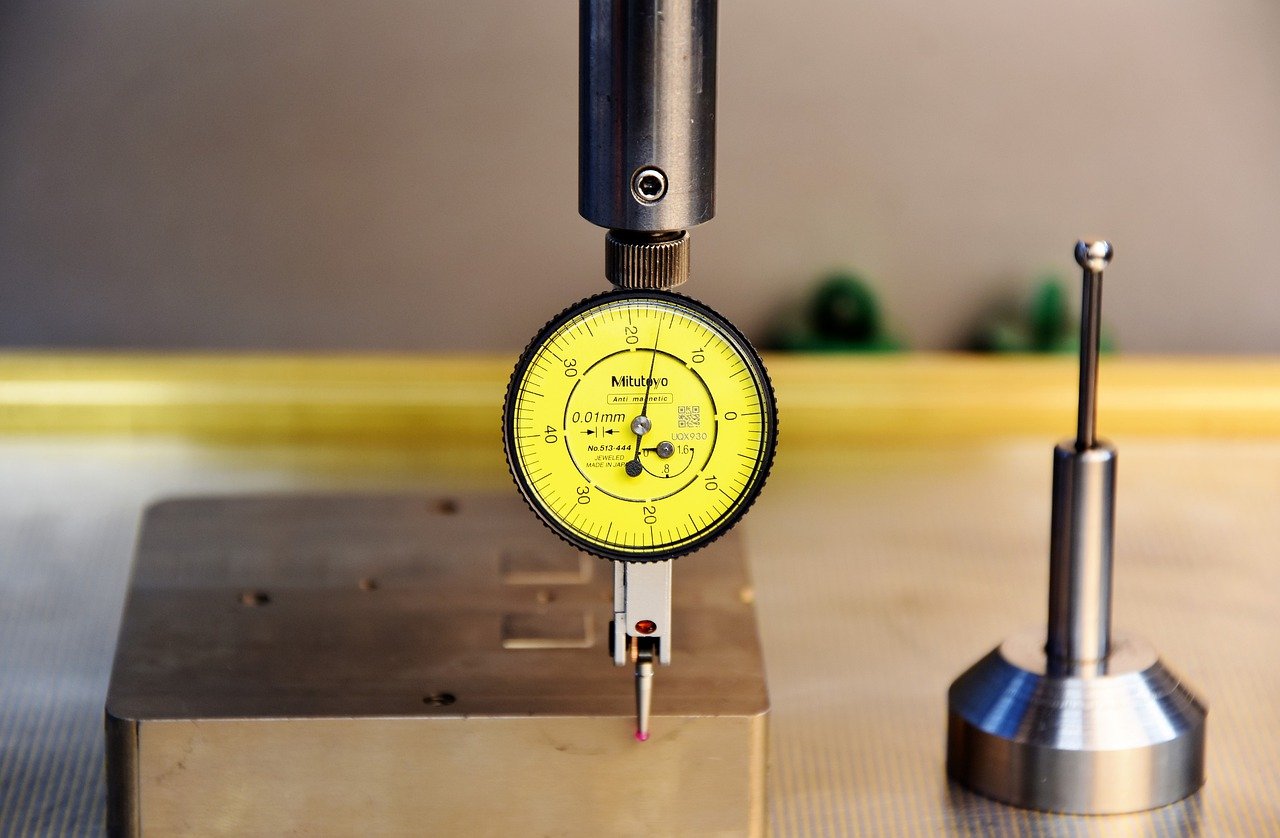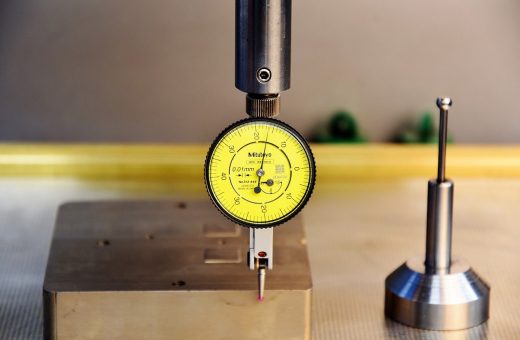EDM Machine advice, Electrical Releasing Tips, Sparkle Disintegration Guide
Types, Materials and Advantages of EDM Machine
May 26, 2021
Electrical Releasing (EDM) is a direct method for the removal of metal by electrical sparkle disintegration. In this methodology, an electrical sparkle is utilized to make the final product in the desired shape. The metal extraction strategy is completed using the throbbing electrical charge of a high-recurrence flow from the anode to the workpiece. That ousts minuscule metal parts at an observed level from the workpiece. EDM machine is common, especially for hard materials, for example, titanium or eminently complicated structures that are hard to achieve without processing.
Types of EDM Machines
There are three different types of EDM machines found in the market for the expulsion process.
- Sinker EDM
- Wire EDM
- Hole Drilling EDM
- Sinker EDM
Sinker EDM is made out of an anode and workpiece inundated in a segregating fluid, as in general oil or, less frequently, other dielectric fluids. It is otherwise called a ram EDM, cavity type EDM or volume EDM.
The anode and workpiece are connected to a proper wellspring of energy. Electrical potentials are given between these parts by the power source. At the point when the terminal draws close to the workpiece, dielectric deterioration occurs in the fluid and structures.
Sparks normally hit one by one since it is unusual to have the same local electrical features in multiple places in the inter-electrode area. This permits the flash to happen simultaneously in every single spot. These flashes happen in huge sums at clearly irregular spots between the terminal and the workpiece.
The anode is diminished quickly by the gadget as the centre of the metal weakens, and the hole in work is expanded up. Around 100,000 sparkles happen each second and the genuine cycle is administered appropriately by the arrangement factors. These control periods are frequently characterized in the industry as “on schedule” and “off-time.”
The on-time chooses the sparkle’s distance or time span. Consequently, a more profound depression of each flash is delivered when there is longer on schedule, making a rough surface on the piece. For a more limited time, the inverse is accurate.
Off-time is the time allotment among flashes. Albeit this doesn’t unequivocally affect the production of the part, the off-time empowers the dielectric liquid to wipe the disintegrated squander through a hose. Deficient removal of dregs may trigger successive strikes at exactly the same spot that can lead to a circuit breaker.
- Wire EDM
The second type of EDM is called wire EDM and is likewise perceived as wire erosion, wire burning or spark EDM. A hardened wire is used for cutting the workpiece in Wire EDM. The wire will be utilized as the terminal in this example. The wire consistently comes from a modernized feed with a spool throughout the methodology.
In this EDM machine, a thin single-stranded wire is typically made of brass and plunged in a dielectric fluid that is usually deionized water. Wire-cut EDM is normally used in cutting plate as large as 300mm and making dots, instruments and dies from tough metals that are hard to cut using other techniques.
The wires are kept between the top and bottom diamond guidelines and are fed continuously from a spool, and are centred on a tubing head. The guides, generally CNC-operated, move in the x–y region. The upper guide can also be moved individually on the z-u-v axis in most engines, which allows the ability to cut conical and transitional types of shapes.
The standard GCode, x–y–u–v–i–j–k–l– works with the upper guide to regulate axis changes. This enables the programming of the wire-cut EDM to cut very complex and sensitive forms.
Typically, both the top and bottom diamond guides have a precision of 0.004 mm (0.16 mils), with the use of 0.02 mm (0.79 mils) of wire to cut the path or brace of the 0.021 mm (0.83 mils) path. It is to be noted that the median cutting kerf with 0.25 mm (9.8 miles) metal wire accomplishes the lowest economic cost.
- Hole Drilling EDM
Hole drilling EDM is the final type of electrical discharge machining. The method is being used for drilling troughs, as the names imply. EDM can perform incredibly small and profound hole compared to conventional drilling techniques.
Furthermore, no deburring is needed in EDM drilled holes. The electrodes are cylindrical in this procedure, and the electrode itself feeds the dielectric liquid.
This device, also known as a “hole popper,” consists of a rotating conductor’s tube as its electrode and a constant dielectric fluid flow to wipe the cut. The pilot holes needed to thread wire can also be employed with Hole Drilling EDM.
Even in hardcore or unusual metals, the power to produce exact and realistic hole has become a big advancement. This is done in a variety of innovations, like high-temperature turbine blade EDM cooling holes. This enables a “film cooling” procedure, allowing jet motors to function more durably and efficiently at elevated temperature.
Materials Needed For EDM
Of course, any workpiece machined with EDM must be electro-conductive, but there are other material constraints on the electrical discharge machine as well. One of them is a great challenge for EDM than standard tool stones.
Certain materials, such as high-nickel alloy – including those used in the aviation industry – and carbide components are challenging for EDM. However, the alternatives to material problems are found in electrode material variations and slower EDM cycle instances.
EDM, in addition to being a technique without stress, still is a thermal process. It can change the workpiece metallurgy by heat-affected zones (HAZs). Also, recasting and micro-cracking can happen as a result of the fact that no direct mechanical force is being employed to the workpiece.
Not all electrically conducted materials work well for EDMs. EDM could still have problems with heterogeneous substances, in particular those with contaminants.
Advantages of EDM
- You get machine complicated structures that would have been hard to make with traditional cutting tools.
- Another advantage of using EDM is that the exterior texture is generally nicer than that achieved using conventional methods.
- Extremely good holes can be accomplished.
- Works with very hard metals that require precision and ease.
Comments on this EDM Machine advice – Electrical Sparkle Disintegration Guidearticle are welcome.
Building Articles
Residential Architecture
Comments / photos for the EDM Machine Guide page welcome






